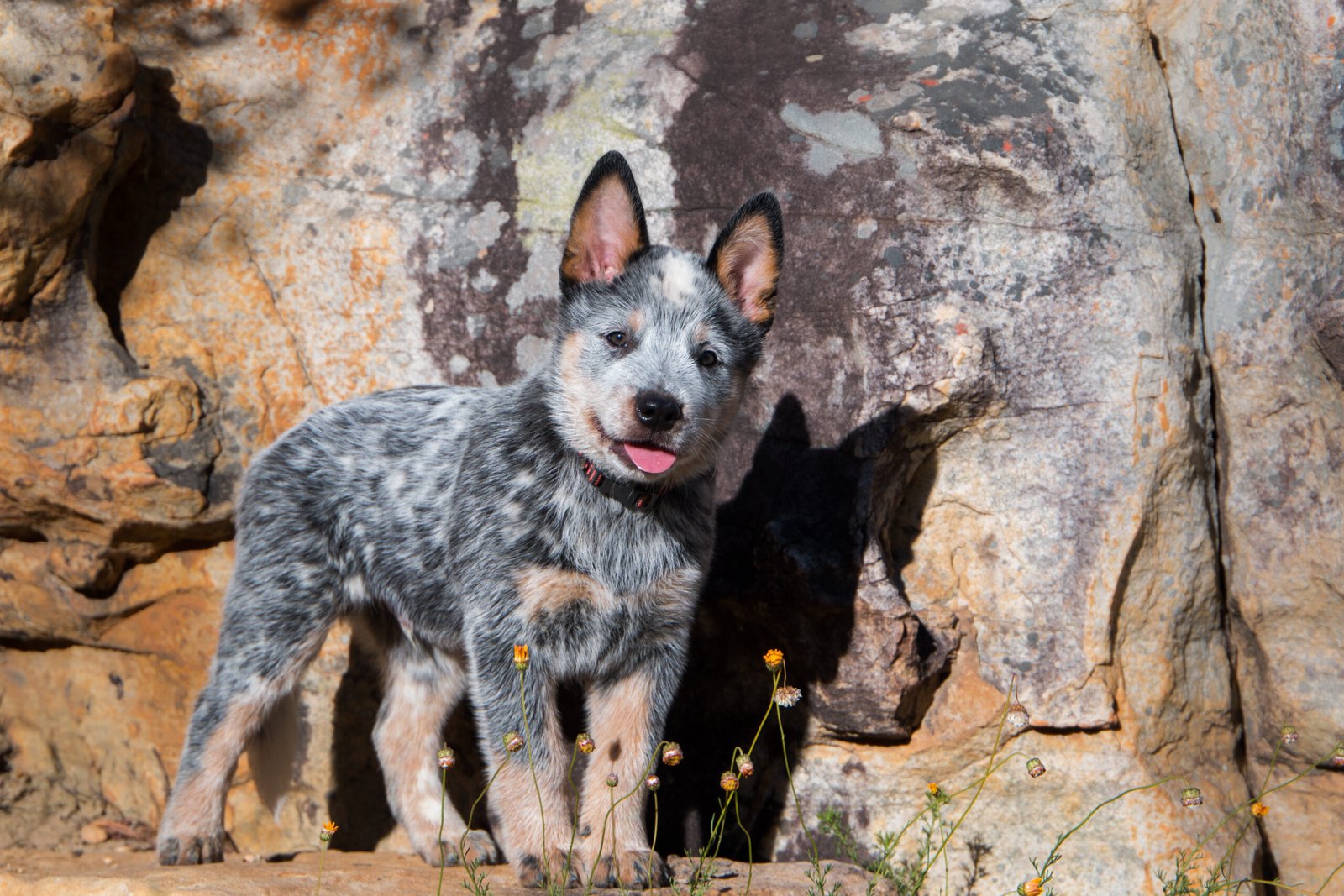The Blue Heeler, also known as the Australian Cattle Dog, is a robust and energetic breed valued for its intelligence and hardworking nature. Originating in Australia, this breed was developed for herding cattle across vast ranchlands. Known for their loyalty and high energy levels, Blue Heelers can make excellent pets but come with their own set of challenges.
Characteristics of the Blue Heeler
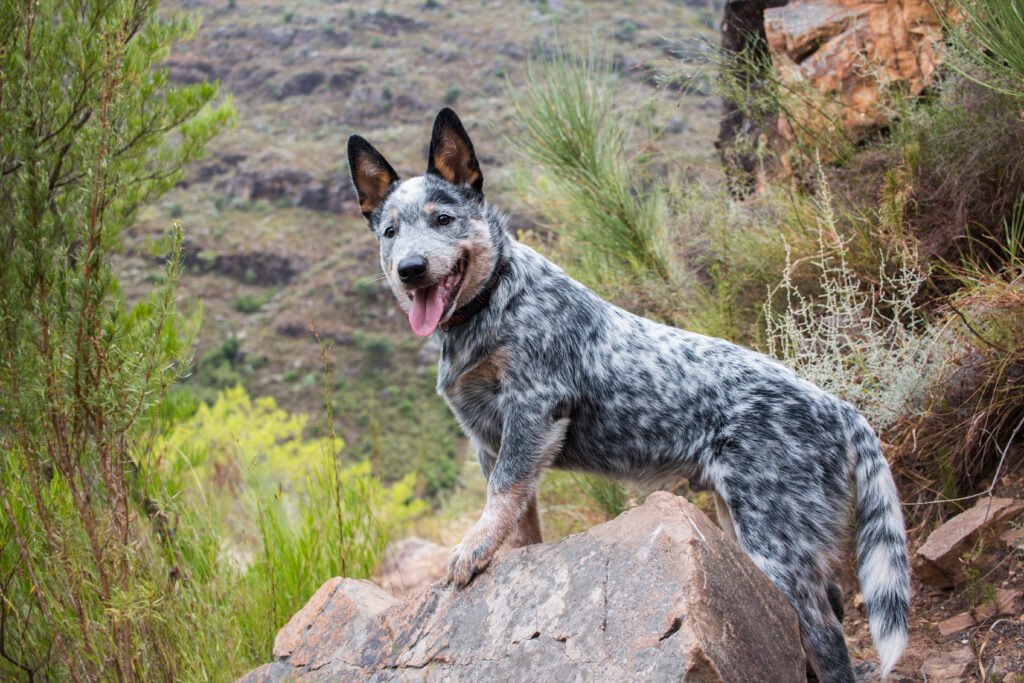
Blue Heelers are medium-sized dogs with a striking appearance—typically highlighted by their blue or red mottled coat. Weighing between 35 to 50 pounds, they are muscular and agile, reflecting their working dog status. Their keen senses and compact size make them versatile for various tasks.
Training and Intelligence

One of the notable positives of owning a Blue Heeler is their intelligence and trainability. These dogs are quick learners, capable of picking up commands rapidly and ideally suited for those interested in advanced training activities like agility or obedience competitions.
Excellent Herding Capabilities

Originally bred for herding, Blue Heelers excel in tasks that involve controlling and managing livestock. Their natural instincts and stamina make them invaluable companions on farms and ranches. For those with the space and need for livestock management, a Blue Heeler can be an indispensable ally.
Loyal and Protective Nature

Blue Heelers are renowned for their loyalty and protective behavior towards their owners. Their instinct to protect their home and family can make them excellent watchdogs, alerting their owners to potential intruders or unusual activities.
High Energy Levels

One of the major advantages of having a Blue Heeler is their high energy levels, making them perfect companions for active individuals or families. They thrive in environments where they can run, play, and engage in regular exercise, promoting a healthy and active lifestyle for both the dog and the owner.
Adaptability to Various Climates
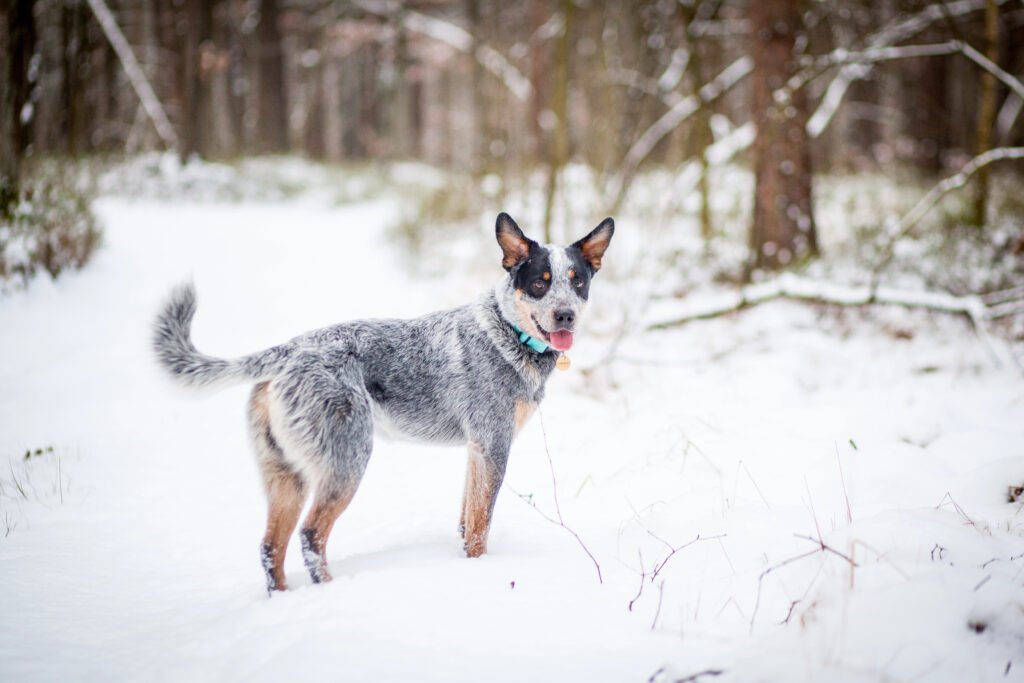
Blue Heelers are adaptable to different weather conditions. Their double coat provides insulation against both heat and cold, making them suitable for diverse climates. This adaptability is a significant pro for owners living in varying environmental conditions.
Need for Intense Exercise

Despite their many advantages, Blue Heelers are not for everyone. Their need for regular and intense exercise can be demanding. Owners must commit to daily long walks, runs, or playtime to keep them satisfied and prevent destructive behaviors.
Sociability Concerns

While Blue Heelers are loyal to their families, they can be wary of strangers. Early socialization is crucial to ensure they become well-rounded dogs. Without adequate social exposure, they might become overly protective or even hostile towards unfamiliar people or animals.
Tendency to Herd Family Members
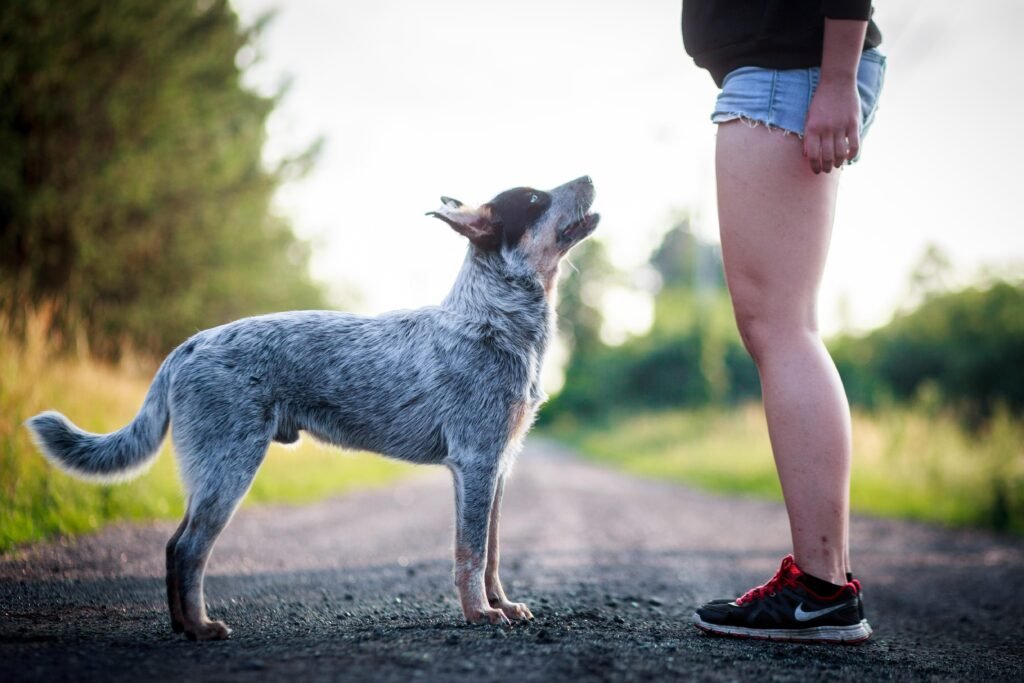
The herding instinct in Blue Heelers is strong and can sometimes extend to herding children or other pets. This behavior can be misunderstood and might lead to nipping, which is part of their natural herding technique.
Separation Anxiety

Blue Heelers are deeply attached to their owners and do not enjoy being left alone for extended periods. This propensity can lead to separation anxiety, manifesting in undesirable behaviors such as barking, chewing, or other forms of destruction.
Potential for Health Issues
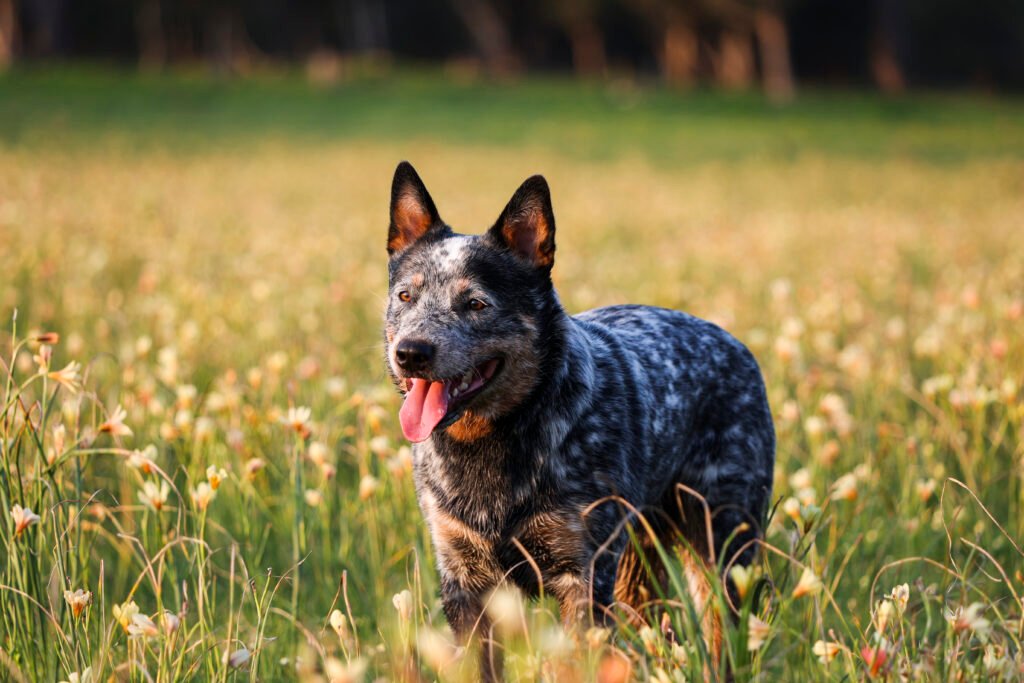
Like many purebred dogs, Blue Heelers are prone to certain genetic health issues, such as hip dysplasia and progressive retinal atrophy. It is crucial for potential owners to be aware of these risks and ensure regular veterinary care and screenings.
Is a Blue Heeler Right for You?
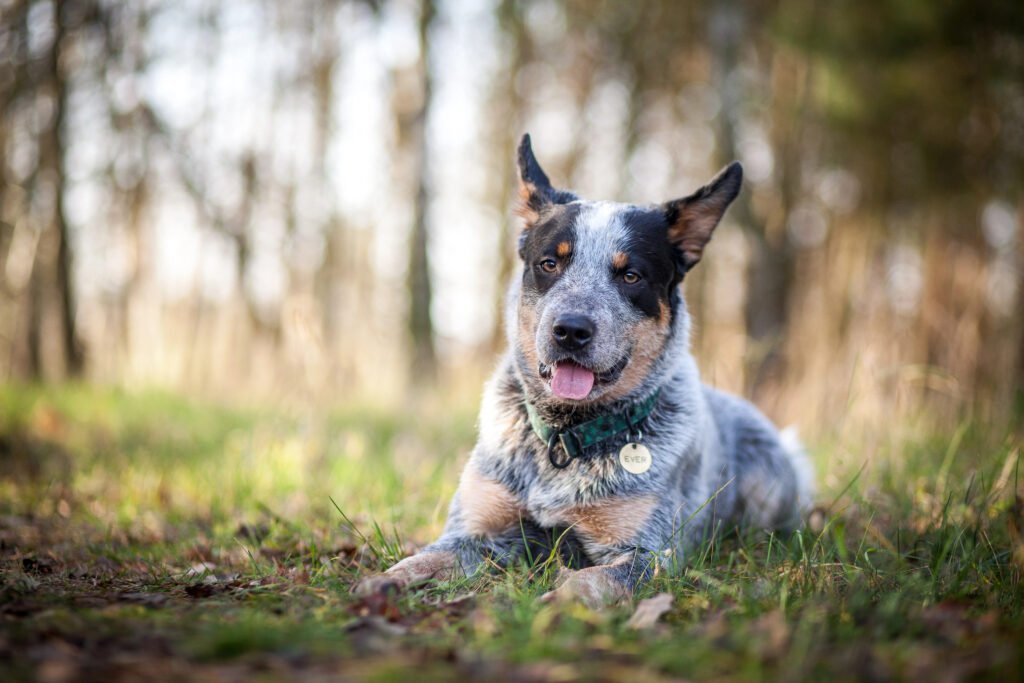
The decision to own a Blue Heeler should not be taken lightly. While they offer loyalty, intelligence, and companionship, their high energy levels and specific needs require a committed owner. For those willing to invest the time and energy, these dogs can be incredibly rewarding pets, but it’s vital to assess whether your lifestyle aligns with their needs.

Born and bred in South Africa, a Capetonian at heart. Amy-Leigh’s love for nature and animals was inherited from her Dad. He loves taking the family on road trips to experience nature at its finest; Amy-Leigh’s favourite being whale watching in Hermanus and spotting Kudu along the West Coast. Amy-Leigh holds a BA in English Literature and Communication Studies.

